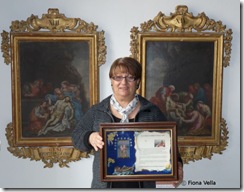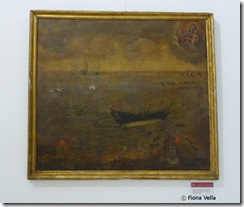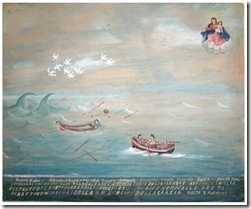Posts Tagged ‘culture’
-
A Traditional Crib
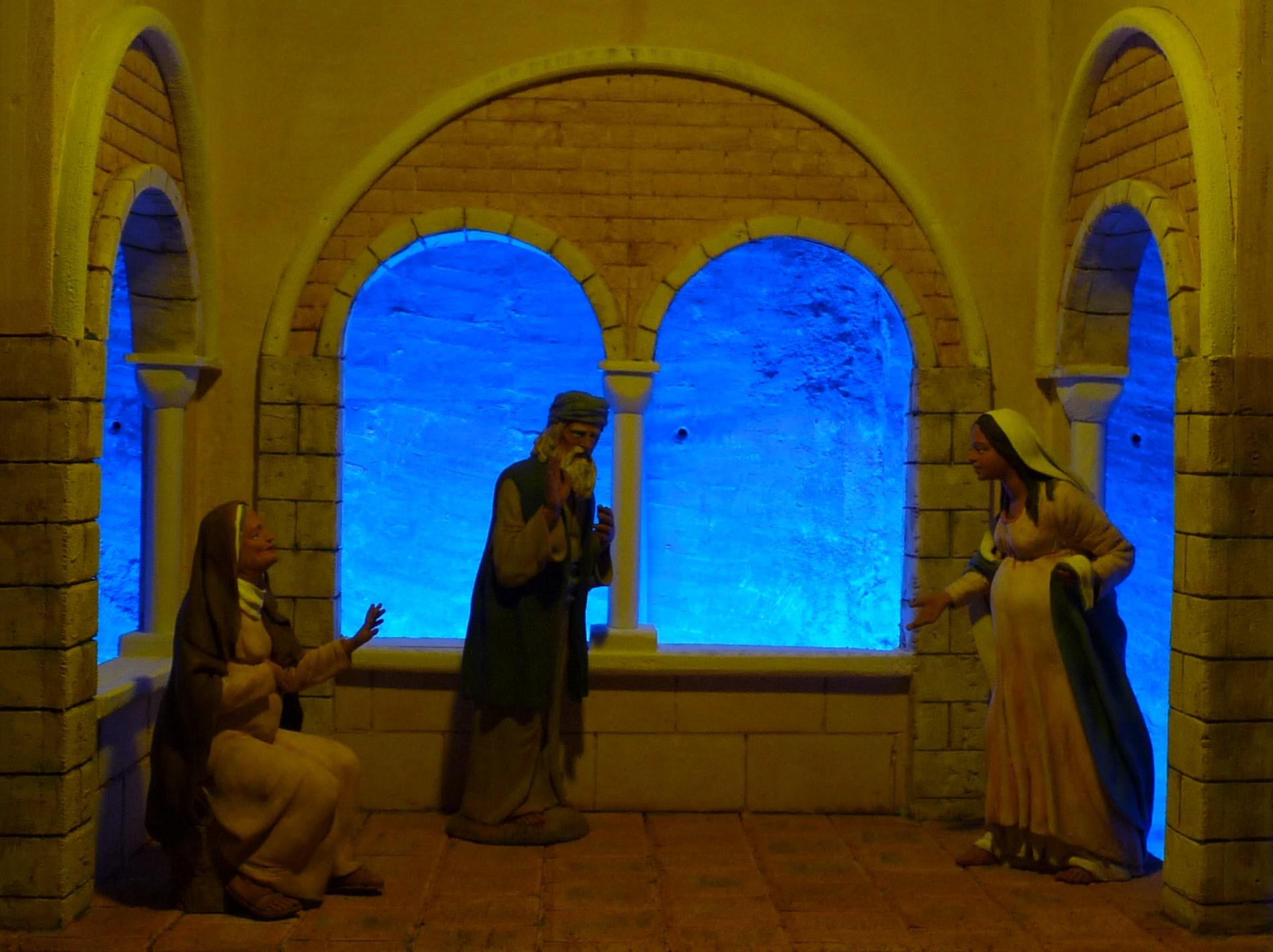
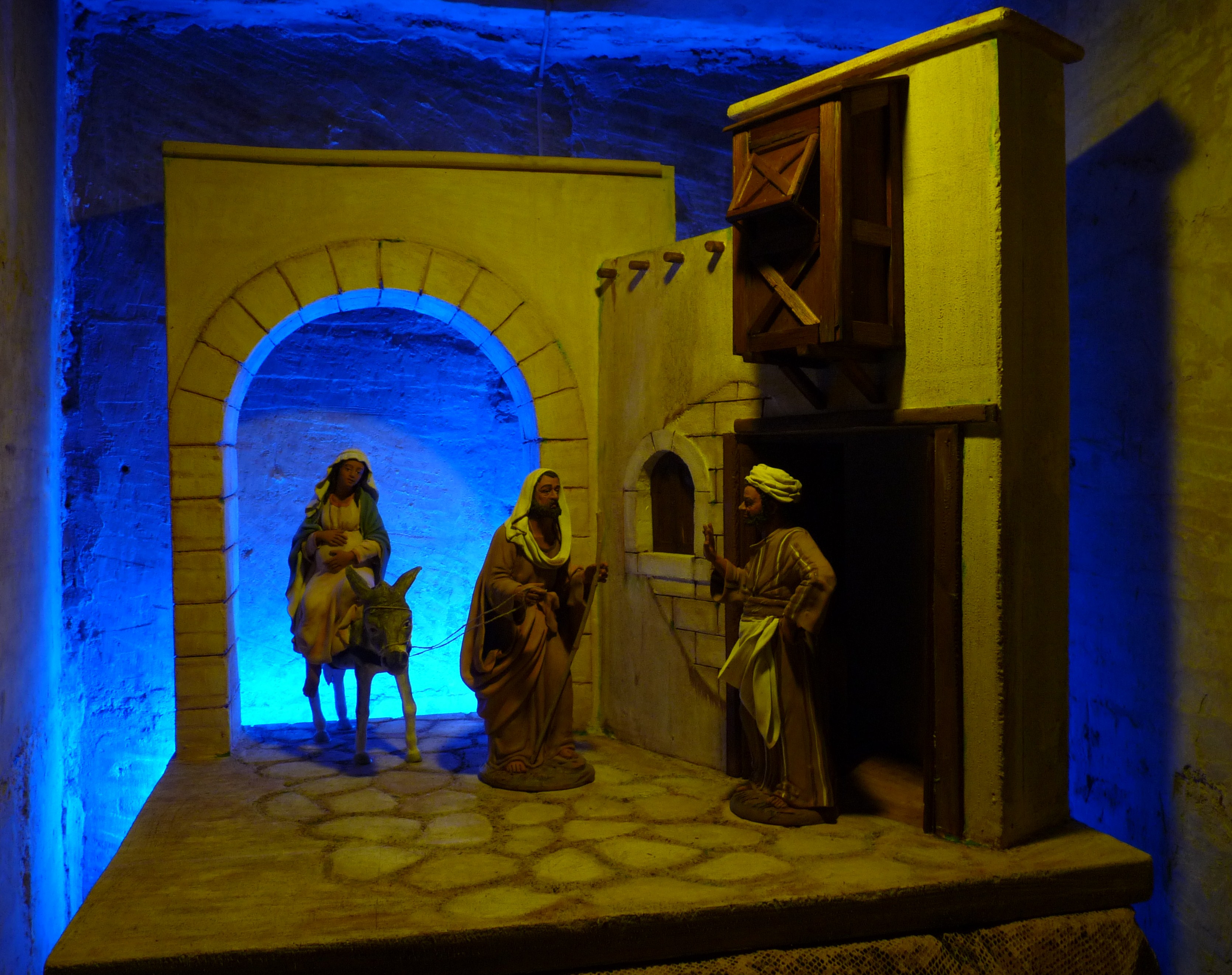
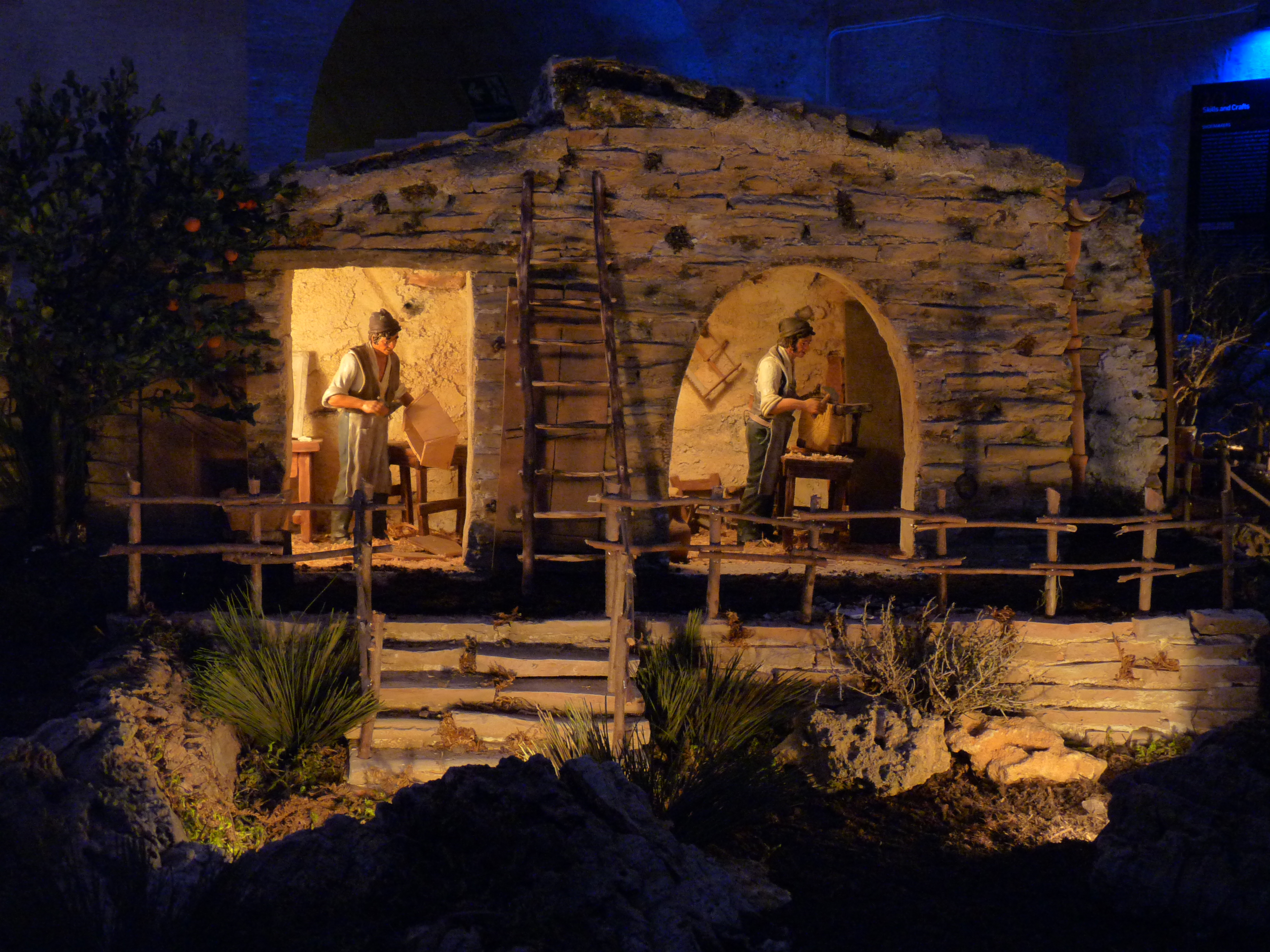
“The setting up of a crib during the Christmas season has become a worldwide tradition. However probably, few are aware that by doing this, they are reproducing a custom that was originated by St Francis D’Assisi in the 13th century,” told me Francesca Cannavò, the Curator of the Nativity Museum which is located in the crypt of St Augustine’s Church in Old Mint Street, Valletta.
“The main aim of this museum is to promote a deeper understanding and meaning regarding the nativity of Jesus and how this sacred event has been represented artistically during all these years by various artists,” explained Andrea Consalvo Rifici, the marketing manager.
Indeed, during these last months, the ambience of this huge crypt has been completely transformed into a landscape which instills the perception of being absorbed back in time, right to the period of this holy nativity.
“We want the visitors to walk around this place and to meditate about what was happenning in the days before baby Jesus was born and also what took place soon after.”
Various panels with interesting information accompany the visitors throughout this journey which takes them deep within the old crypt in search of the revelation of the Christmas story. Meanwhile, heavenly music engages the visitors and immerses them into the sanctity of this experience.
“In the old days, many of the people were uneducated and so they could not read the scriptures. Therefore, the Church set up various plays and commissioned many paintings in order to create a visual narrative with which the people could comprehend certain episodes in Jesus’ life.”
In fact, beautiful reproductions of renowned artistic works that portray the nativity scene compliment and enhance the significance of this museum, as the visitors can enjoy and absorb the different interpretations that were effected by remarkable painters such as Leonardo da Vinci, Giotto, Tiziano, Rubens, Botticelli, Carvaggio, Fra Angelico, and Hugo van der Goes.
“It is believed that these representations of the nativity have inspired St Francis of Assisi to compose the first crib which he set up in a cave. Eventually, this idea was so much appreciated by the people that they decided to produce their own cribs in order to possess the blessed nativity scene within their homes. As years passed, people continued to develop this concept by designing new ways of expressing this remarkable episode.”
A circular room within this crypt has been selected to present a set of artistic scenes which manifest the main events that are relative to the birth of Jesus; such as that of the Annunciation, the dream of Joseph, Mary’s visit to a pregnant elder Elizabeth, the search to find a place for Mary to give birth and the hasty escape to Egypt.
“These set ups have been designed in Sicily in order to decorate this museum. The figurines were made by Vincenzo Velardita in Caltagirone whereas the scenography was realized by Gigi Genovese in Catania. We tried to keep these scenes as simple as possible in order to reflect the modest nature that Jesus Himself chose for his own birthplace.”
Certainly, the principal attraction in this nativity museum is the huge crib with its numerous mechanical figures.
“This crib is the work of Salvatore Milazzo from Caltagirone. We are proud to say that it has been admired in several countries and that it has received various prestigious awards. This year, we decided to introduce it to Malta because we are aware that the Maltese people are deeply devoted to the nativity of Jesus. Moreover, we wanted to share our Sicilian culture with the Maltese people since there are many similarities between our culture and traditions.”
Milazzo’s work is definitely a work of art as it embraces within it all the skill of the renowned Caltagirone masters of this trade. The forty square metre crib has been decorated with a typical Sicilian country lansdcape of the 1800s which includes also a number of workshops of trades which do not exist any longer.
Meanwhile, this museum incorporates within it also a number of locally made cribs that were provided by members of Friends of the Crib (Malta).
Interestingly, this nativity museum which has opened its doors for the public in November will not close after the Christmas season and it will remain available to visitors all throughout the year.
“The concept behind the creation of this nativity museum in Malta is to heighten the experience of Valletta 2018 both to local and to foreign visitors, by blending together the culture of this island and that of Sicily.”
(This article was published in CHRISTMAS TIMES Magazine which was issued with The Times of Malta dated 13th December 2014)
-
The Chinese who remained in Malta

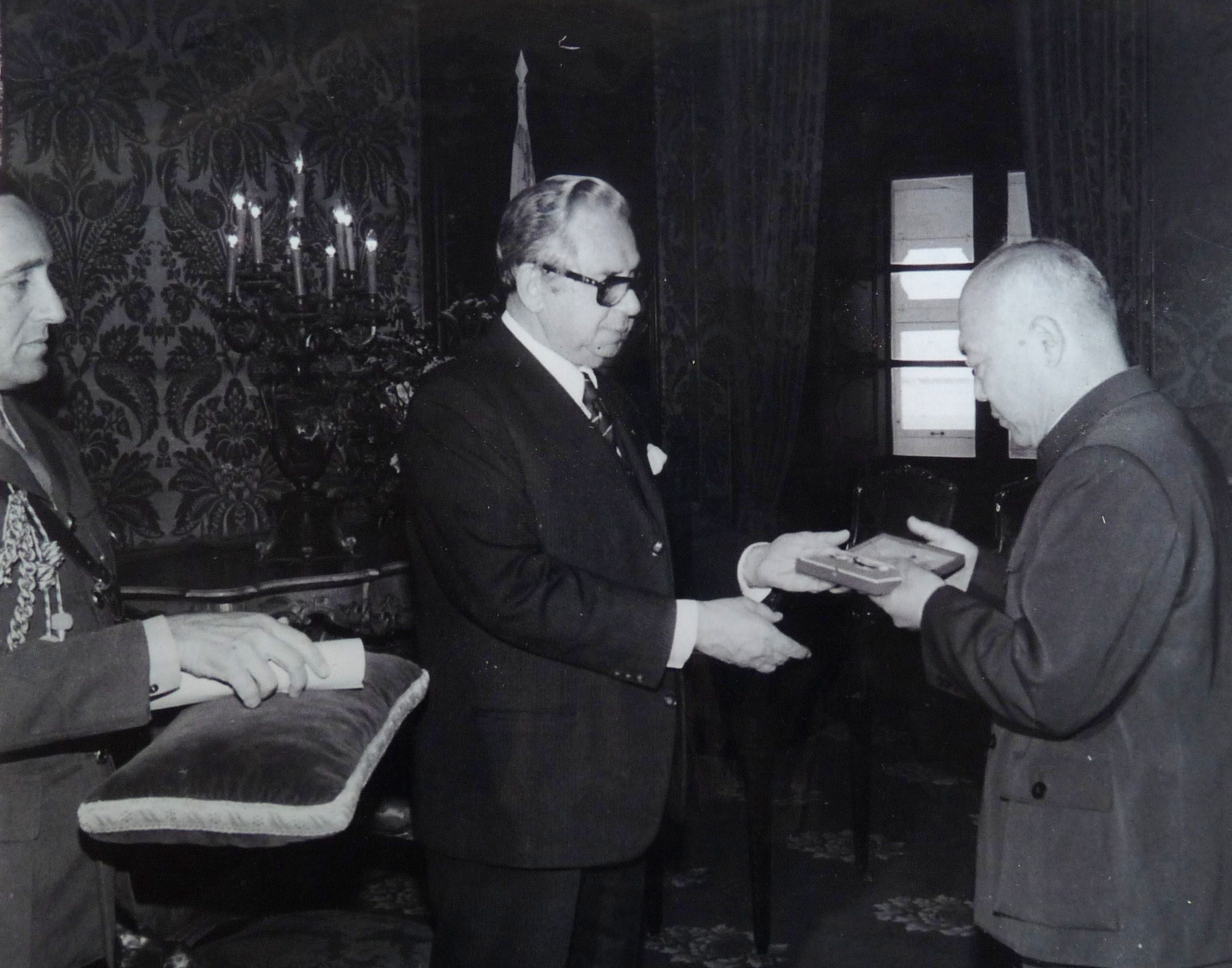

Last Sunday, many of us went to visit the cemeteries which are located around our islands in order to pay our respects to our dead relatives and friends.
Many of us took with them a beautiful bunch of coloured and fragrant flowers which we left on the cold tombs made of yellowish stone or of icy white or dark black marble. Apart from showing love and respect, this gesture seemed to try to inject life where there was not.
Others have also dedicated some time to clean the tombs by removing the weeds or by changing an old photograph with a new one.
Thousands of red candles were lit so that their humble flame might accompany the soft prayers that were said for the deads’ souls.
Many people had tears in their eyes. Even those whom their relatives had died a long time ago but still feel emotional at this loss.
I find these death rituals very interesting, particularly when I observe how society continues to keep dear to its heart those who have died; sometimes even by continuing to treat them as if they were still alive.
Whilst I walked along the paths of the Addolorata cemetery, I could notice all these customs. A pang of sadness crept into my heart when I noticed some bare tombs whom no one seemed to have visited. However, a closer look at the dates written on these tombs indicated that probably those particular families had ended and therefore nobody remained to visit.
The tombs of Xu Huizhong and Gu Yanzhao
I arrived in front of the tombs which I went to visit: those of Xu Huizhong and Gu Yanzhao; two Chinese engineers who died in our country whilst they were working on Dock Number 6 in Malta. Xu had died accidentally whilst Gu was deceased due to an illness.
Their photos looked at me and I greeted them in name of their country and in name of mine. As a sign of respect, I put a bunch of white and yellow chrysanthemums on their tombs according to Chinese tradition which symbolizes sadness and grief. Then, according to my culture, I prayed to God to give them eternal rest.
I remember that when I asked some Chinese individuals regarding why these two persons had been buried in Malta and were not taken back to their country, they informed me that this had been their relatives’ decision. This is because, according to Chinese culture, these individuals had to be buried in the country for which they were working because that was the only way how they could rest in peace: for they had to be present on the same land when the project on which they were working was successfully finished.
Notwithstanding this, I still wondered what these persons’ relatives might have felt when they had to allow those whom they had loved, to be buried in a foreign country, and so far away.
An honorary medal of the Republic of Malta for engineer Xu Huizhong
I continued to think about this and so I decided to talk to ex-Labour Minister, Reno Calleja, who in 1979 was sent by Malta Prime Minister, Duminku Mintoff in order to present an Honorary Award of the Republic of Malta to the family of engineer Xu Huizhong. This honour was given to this man after he died tragically on 16th March 1979 whilst he was working at the construction of a new dock in our country.
“That was a day which I will never forget!” revealed Calleja as soon as we started to discuss this matter. “More than that, I must say that personally, I consider that moment as the most salient one in my political career. I cherish it that much because on that day, I felt that I was becoming part of my country’s history; where Malta was presenting a very significant award to a foreign worker after his death, because he had lost his life whilst he was helping our country.”
An agreement between Malta and China
Calleja remembers clearly that period when China had agreed to help our country to regain its economic strength.
“In those years, even China was a relatively poor country but it chose to help Malta all the same. It is during such moments that one can see the true friendship of a country: when it helps you in times when it is not so strong itself,” insisted Calleja.
“The wise decision that Mintoff had made, when in 1972 he visited China with a Maltese delegation in order to meet Mao Zedong, after Nixon had did so too about a month before, was very much appreciated. And thanks to this choice, the Maltese people are still enjoying the benefit of this friendship, now that China has become a very rich country.”
Many Chinese workers help in the construction of Dock Number 6
“Apart from giving us financial support, the Chinese people helped us a lot by sending us many technical workers in order to attend to various important projects in Malta, including the construction of Dock Number 6,” Calleja continued to explain.
“These Chinese workers have worked along with the Maltese labourers and our people got enriched in the principles of work as they learnt about the Chinese culture from these people. It was a culture of a people of great humility with vast enterprise together with a devotional sense of duty towards their own country. The enthusiasm shown by the Chinese workers as they worked with quality and precision, even when they were doing this for another country, inspired the Maltese to behave like them. And if the Chinese labourers were working with much dedication in order to make their country proud, the Maltese labourers were getting busy so that their country would be thankful to them,” Calleja said.
“When Dock Number 6 was ready, I attended to the opening ceremony and I swear that I noticed many workers cry when they saw Mintoff’s face alight with satisfaction for the good job that everyone had made.”
Reno Calleja goes to China in order to present the Medal
Unfortunately, this fantastic narrative has also its negative side; including the instance of the death of engineer Xu.
“In 1979, I was invited to visit China in order to represent the Malta-China Friendship Society. When I advised the Prime Minister about this, he requested me to go to China in April because he had something in mind,” remembered Calleja.
“After a fortnight, Mintoff informed me that he had decided to give a Medal of the Republic of Malta on an honorary basis after his death to engineer Xu Huizhong and I was recommended to take it with me on my visit to China. Soon ex-President of Malta, Anton Buttigieg, organized a ceremony wherein he invited the ex-Ambassador of China in Malta, as a representative of the Government of the People’s Republic of China in order to present him with this medal. Then this medal was handed to me and I took it with me to China.”
Here, Calleja showed me some photographs of those distinguished moments.
“A very big ceremony was organized at the great Congress Hall in Shanghai in order to present this medal to engineer Xu’s family. For this event, I prepared a speech in Maltese which was translated in Chinese by a Maltese student. This student was Clifford Borg-Marks whom today is the Ambassador of Malta in China.”
“During this ceremony, I had the privilege to meet engineer Xu’s widow and his children who all appreciated very much this honourable award that our country had given them. However, I can never forget the sad face of his widow who thanked me respectfully and said nothing more.”
From then on, Calleja has kept in contact with Xu’s family.
“Regrettably, a year after I met her, Xu’s widow died of grief. Yet her children kept in contact with me and they came to Malta in order to visit their father’s grave. Now, Xu’s grand-daughter has informed me that when she grows up, she would like to become an engineer like her grandpa.”
Chinese traditions
An interesting fact is that the Chinese people do not celebrate the death rituals during our same period. Furthermore, they have more than one ceremony related to paying respect to their dead.
Qingming Festival
Among these traditions, there is the Qingming Festival or Tomb Sweeping Day. This festival takes place on the 4th or the 5th April, according to the traditional lunar calendar.
During this festival, the people remember and honour their ancestors by praying, cleaning tombs, re-painting calligraphy on tombs, burning incense or offering food, tea, drinks and other accessories on the tombs. Moreover, on this day, some people may carry willow branches with them or hang them on their doors in order to ward off the evil spirits which may roam around on Qingming.
Since the Qingming takes place with the beginning of the Spring season, these celebrations usually include also family outings and kite flying. Some farmers start ploughing their fields on this day.
The Ghost Festival
During this festival which takes place in August, people will pay respects to all deceased whether young or old. Some of the activities which take place during the Qingming are also undertaken throughout the Ghost Festival; including the offering of food and the burning of incense.
Other celebrations could include the releasing of miniature paper boats and lanterns on water. This ritual is intended to direct the lost ghosts and spirits to their resting places as some people believe that on this day, the deceased will visit the living.
(This article is a translation of the Maltese original version which was published in the series KOBOR IL-MALTI (Part 25) in Torċa dated 9th November 2014)
-
Keeping the faith: ex-voto paintings
In the old days, the sea played a prominent role in peoples’ lives, especially to island inhabitants. It was a source of livelihood for fishermen, a fortuitous space for pirates, a bridge to other countries for travellers, merchants and diplomats, and a channel for soldiers from which to attack the enemy during war.
People were often moving on the sea on various types of vessels, constantly aware of the risk that this involved. They feared corsair attacks and the aggression of unknown dangerous species which could lurk in the waters’ depths. Yet none was worse than the actual possibility of experiencing a terrible storm where the sea turned into a formidable voracious colossus which could engulf whatever dared to be present during its deadly rage.
Meanwhile, it was a world where people in jeopardy were generally left to deal with their own fate, and ironically it was often faith which led to their survival. Historical sources describe how people created ingenious ways of dealing with these dangers by formulating different methods to guarantee a safer voyage, habitually intermingling religion with superstition. One of these practices in Malta involved the production of sacred coins which could be thrown into the sea to calm down the troubled waters. Indeed, sailors were urged to buy these coins which were made out of blessed white candle, a day before Easter, since failure to do so was believed to attract dreadful bad luck. On the other hand, local fishermen are known to have concocted a secret prayer which only the eldest of them knew and which only they could recite in order to shield their boat against the threat of bad weather.
Although hundreds of years have passed from these experiences, nowadays we still have the opportunity to witness the ordeal that our ancestors have gone through whilst being out at sea. Many of these testimonies are still present among us in the form of ex-voto paintings wherein devoted people have illustrated the eventful moments when they were about to die and their faith saved them. Sadly, though we have lost many of these ex-voto along the years, mainly due to improper storage and conservation methods, we still find various examples in numerous chapels, churches, sanctuaries and museums around our islands. Among these, one finds 183 maritime ex-voto in the sanctuary of Our Lady of Tal-Ħerba in Birkirkara, and another 64 in the sanctuary of Our Lady in Mellieħa.
Another interesting collection of such ex-voto is located in the Żabbar Sanctuary Museum. Unfortunately, from the original assortment of 300 maritime ex-voto, today only 85 remain. However, as Ġużeppi Theuma, the Secretary of the Żabbar Sanctuary Museum Commission has informed me, this museum is proud to possess the oldest maritime ex-voto on our islands which as yet is still undated. The next dated ex-voto in this collection goes back to 1631, as the information written on the painting clearly shows. Moreover, this particular ex-voto manifests the full interpretation of the initials V.F.G.A. which generally accompanies several of these paintings. These letters stand for Votum Fecit et Gratiam Accepit which translate in ‘a promise was made and the grace was given’.
Certainly, these ex-voto vary in style and artistry, since they cover various periods of time but also because they were donated by people from different levels of society wherein not all could afford to engage the best painters. Indeed, the acute details that one can observe in some of these works provide valuable information regarding the different type of vessels that were used along the years. Nevertheless all the ex-voto relate the same basic instinctive tendency of humans to turn to faith and to prayers especially when everything seems to be lost, and none other could help. An intriguing observation is that even when being on foreign seas, other than the Mediterranean and therefore far away from the mother-country, Maltese people and also the Knights of the Order which were based on our islands, generally directed their prayers to Our Lady, and particularly to one which they believed mostly in. In fact, this holy entity is clearly displayed in each of the ex-voto in order to show the viewers to whom the donator had prayed whilst being in trouble and who has saved his life. This act was meant as a thanksgiving but it was also intended to act as proof of the miraculous power of Our Lady and therefore to increase faith towards her.
Although the tradition of donating ex-voto has almost died out, it is interesting to note that this custom is still being practiced in our country. In fact, the most recent maritime ex-voto in the Żabbar Sanctuary Museum was donated by Carmen Axiaq on the 21st September 2012. Eager to understand the thought behind this act, I met Carmen at the museum wherein she explained to me the miserable and painful moments that she and her family have gone through when her husband Mario was lost at sea for two days after he got disoriented in the fog whilst fishing. As the search went on and days passed, the possibility of finding him alive started to fade and Carmen and her family were left with no hope except to turn to Our Lady and supplicate her intervention to assist Mario. While her daughter went on Dingli cliffs shouting out her father’s name in the fervent wish to do something to help, Carmen turned to Our Lady of Graces of the Żabbar Sanctuary and she asked her to use one of the twelve stars with which she is blessed in order to enlighten the way so that her husband could come back. Thankfully, Mario was found in time by the authorities and he was brought back to land safely. The family was overwhelmed with happiness but they did not forget who had helped them during their distress. Hence, together they composed an ex-voto wherein they narrated their story and adorned it with photos and hand-made decorations, so that whoever saw it could be reminded of the miracolous potential of prayer and of the greatness of Our Lady.
(This article was published in the Shipping and Logistics Supplement of the Times of Malta dated 5th March 2014)
Travelogue
Archives
| M | T | W | T | F | S | S |
|---|---|---|---|---|---|---|
| « Jan | ||||||
| 1 | 2 | 3 | 4 | 5 | ||
| 6 | 7 | 8 | 9 | 10 | 11 | 12 |
| 13 | 14 | 15 | 16 | 17 | 18 | 19 |
| 20 | 21 | 22 | 23 | 24 | 25 | 26 |
| 27 | 28 | 29 | 30 | 31 | ||
Recent Posts
- A MATTER OF FATE
- MALTA’S PREHISTORIC TREASURES
- THE MAGIC IS IN THE DETAIL
- THE SELLING GAME
- NEVER FORGOTTEN
- Ġrajjiet mhux mitmuma – 35 sena mit-Traġedja tal-Patrol Boat C23
- AN UNEXPECTED VISIT
- THE SISTERS OF THE CRIB
Comments
- Pauline Harkins on Novella – Li kieku stajt!
- admin on IL-KARNIVAL TRAĠIKU TAL-1823
- Albert on IL-KARNIVAL TRAĠIKU TAL-1823
- Martin Ratcliffe on Love in the time of war
- admin on 24 SENA ILU: IT-TRAĠEDJA TAL-PATROL BOAT C23

